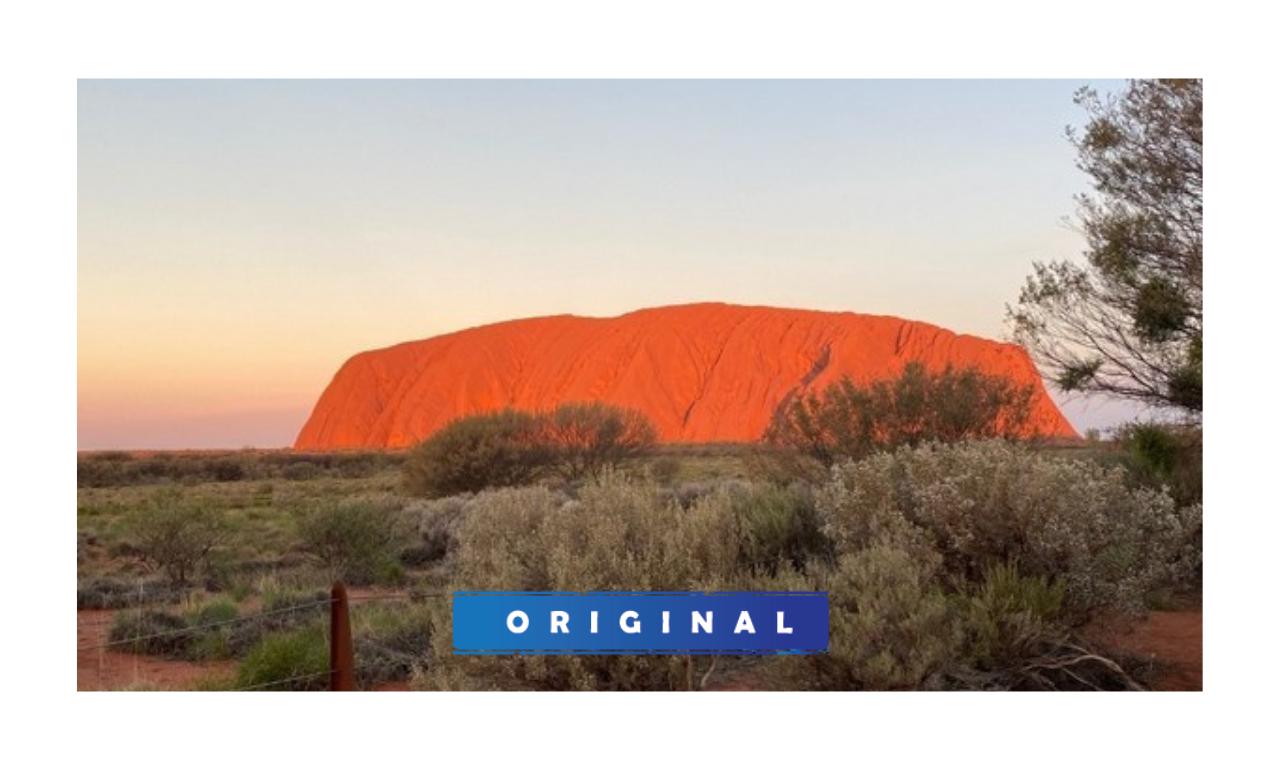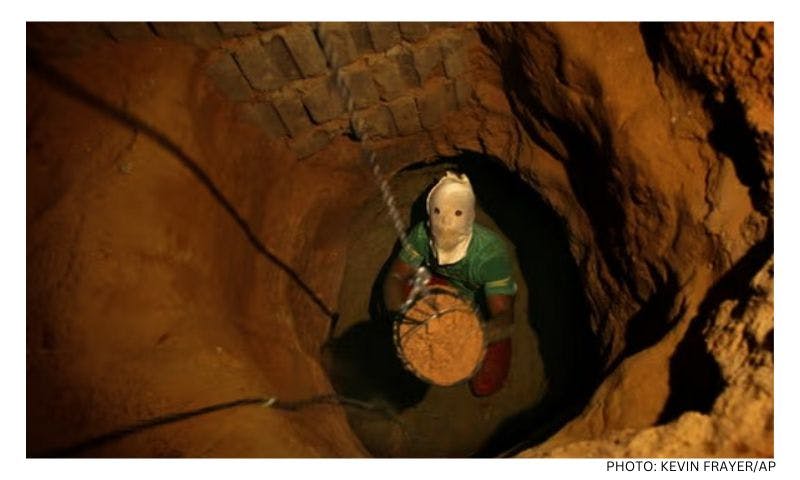Published: 14 May 2021
Last updated: 4 March 2024
MICHAEL VISONTAY: A visit to the red centre – no matter how early or late in life - can ignite the spark that helps a child or bystander find the voice of an advocate
I WAS 17 WHEN I first visited the Western Wall in Jerusalem, on a trip to Israel with my family to see the sights, engage with the history and meet relatives who migrated there after the war. The moment I laid eyes on the Wall, standing proudly behind the large square full of people milling and praying, remains an electrifying memory.
The sparseness of the stone blocks bore witness to antiquity, the rows of black hats bowing before it conveyed something beyond a religious connection. Here was living proof of the Temple, that the Bible wasn’t just a collection of stories, that at least some of the history drummed into me during years of Sunday School in Sydney really existed.
Last week, at the age of 62, I visited Uluru in the Northern Territory for the first time. It seems way too late. Like so many Australians, I’ve chosen to take most of my major holidays overseas, seduced by the allure of foreign cultures and scenery. It was too easy to take domestic destinations for granted, knowing I could go there anytime.
But the Covid pandemic has shrunk our holiday horizons – or perhaps it has opened them up to savour with fresh eyes what is here right in our own backyard. After years of hearing friends waxing lyrical about “the red centre”, my wife and I belatedly walked around Uluru, heard stories about its significance, and likewise trekked through the nearby Kata Tjuta formation formerly known as The Olgas.

The experience should be compulsory for every school student. These two landmarks stand apart from everything else on the planet. It’s not just that Uluru and Kata Tjuta are massive, dramatic or stunningly beautiful. You can say that about untold other natural landmarks around the world – Iguazu Falls, the Grand Canyon, Mount Everest, and so on.
I now understand why Indigenous Australians don’t want people to climb on it any more
No, the drama and spiritual impact lies in the fact that they are otherworldly. As you drive up towards Uluru, its face looming ever larger, there comes a point where the rock feels like another planet rising up over the horizon. Its rich red skin, sometimes smooth, often cracked or pockmarked with inexplicable craters, invites comparisons with how I imagined Mars might look.
Similarly, the circuit track around the inside of Kata Tjuta’s boulders, aptly named the Valley of the Winds (it was blowing a gale the day we went), leaves perhaps an even deeper imprint. If Uluru seems like the exterior of Mars, then trekking around Kata Tjuta feels like you are walking on its surface.
The shapes, and shifting contours, the profoundly alien landscape, suggest an origin from somewhere other than earth. At one point, the trail rises up to a ridge overlooking a valley that seems to contain a lost civilisation, a scene where they could have shot Raiders of the Lost Ark. It simply defies further description.
 View of Kata Tjuka from the Second Station lookout
View of Kata Tjuka from the Second Station lookout
My comparison with the Wailing Wall and the Indiana Jones film is deliberate. Just as the Wall is a mythological touchstone for modern Jewish culture, and Raiders invites a similar reference, it is easy to see why the red centre fulfils the same foundation role for Aboriginal Australians.
What must their forebears have thought when they first laid eyes on Uluru tens of thousands of years ago. It must have seemed so incomprehensible, so not of their world that it made perfect sense to invest the rock with a sense of sacred, of deity; more specifically, a resting place for ancient spirits, which gives it a religious stature.
Having visited and felt that otherworldliness, I now understand why its status has endured, why Uluru remains so precious, and why Indigenous Australians don’t want people to climb on it any more. It’s sacred.
Jews would be horrified if the Israeli government let visitors clamber up the Western Wall
Israel lets people stand and worship at the Western Wall, to walk around and inside it, and hear stories about its history. But Jews would be horrified if the government let visitors clamber up those beautiful old stones so they could take a selfie from the top to send back to their friends.
I now have a fresh appreciation of the Uluru Statement from the Heart campaign to have the “first nation” history and status of Indigenous Australians recognised in the national constitution. The document speaks to a deeply-felt sense of history and yearning for acknowledgement, the title encapsulates its cultural, emotional and political significance for Aboriginal people and all Australians.
For Australian Jews, many of whom come from backgrounds of brutal displacement and persecution, the importance of the campaign, and advocacy for the overall quality of life for indigenous Australians, should be crystal-clear. The legacy of Jewish exclusion, of conscious and unconscious discrimination, of pariah status endures in public debate and in private homes.
The health, educational and political welfare of Aboriginal people is such a massive challenge that it is almost too hard to grapple with individually. But it should touch a chord for Jewish people, who can relate to it on larger level.
And if it doesn’t, then a visit to Uluru – no matter how early or late in life - can ignite the spark that helps a young child or silent bystander find the voice of an advocate.
All photos: Michael Visontay





